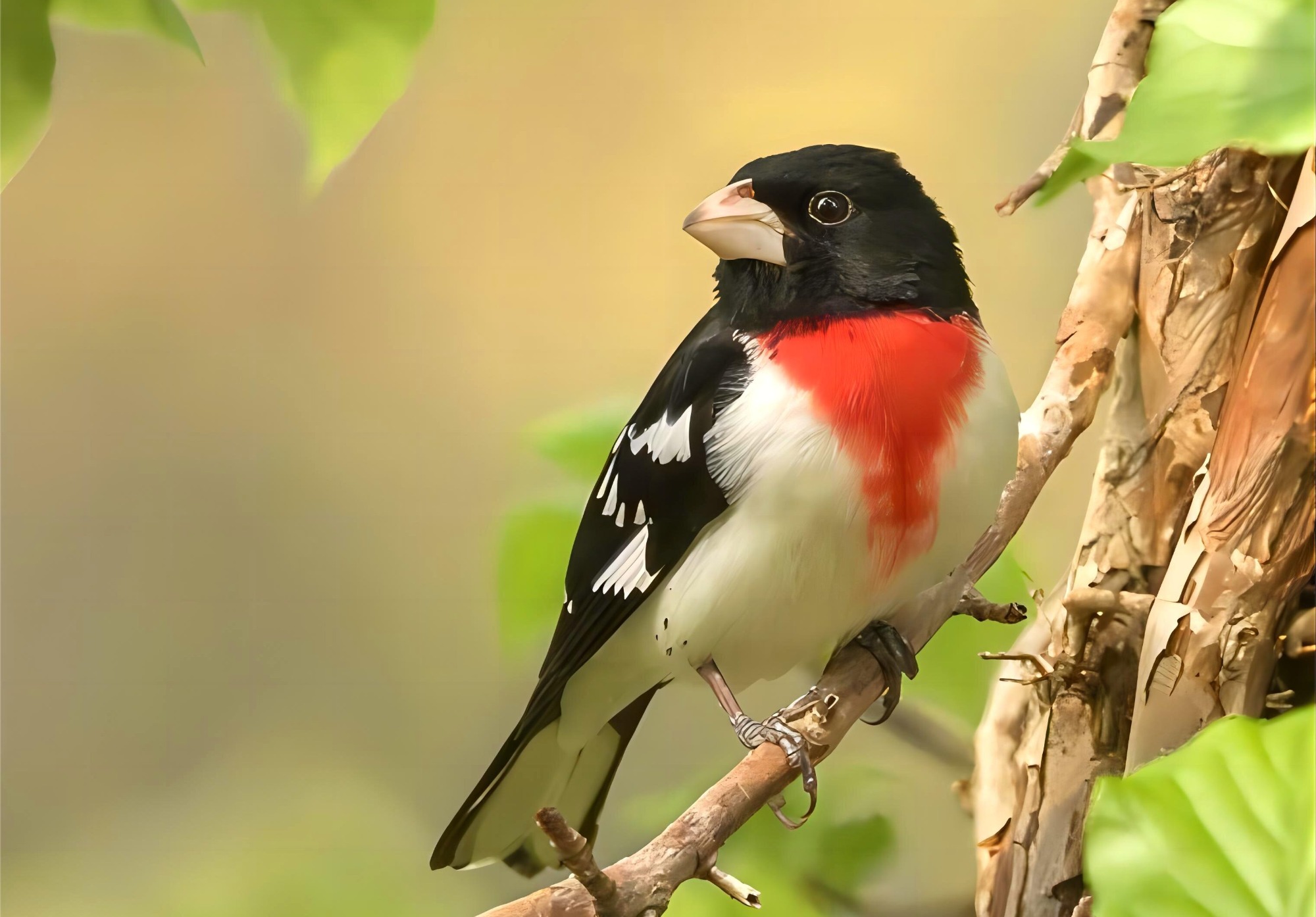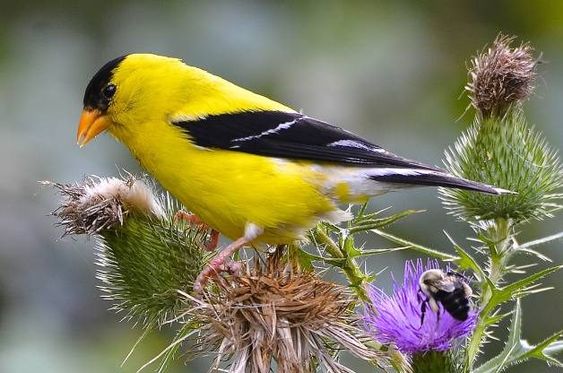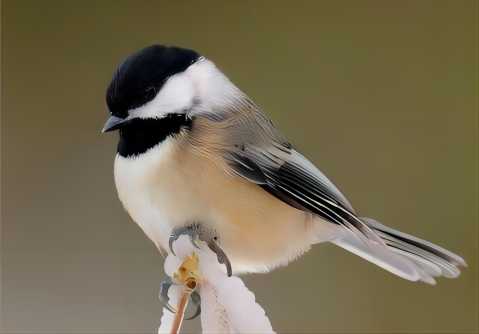Hummingbirds are among the most fascinating and enchanting birds in the world, known for their tiny size, iridescent plumage, incredible agility, and unique hovering flight. Belonging to the family Trochilidae, these remarkable birds are found exclusively in the Americas, from Alaska to Tierra del Fuego, showcasing a diverse array of species, each with its own charm and beauty.
Physical Characteristics:
- Size and Weight: Hummingbirds are some of the smallest birds on the planet, with most species measuring between 3 to 5 inches in length and weighing only a few grams.
- Plumage: Their iridescent feathers come in a dazzling array of colors, ranging from vibrant greens and blues to fiery reds and oranges, often appearing to change hues as they move.
- Wings and Flight: Hummingbirds have unique wings that allow them to hover in mid-air by beating them rapidly in a figure-eight pattern, enabling them to move forwards, backwards, and even upside down with exceptional precision.
Habitat and Distribution:
- Preferred Habitats: Hummingbirds are adaptable birds that can be found in a variety of habitats, including forests, meadows, deserts, and gardens, often seeking out areas with abundant nectar-rich flowers.
- Geographical Range: They are native to the Americas, with the greatest diversity of species found in tropical and subtropical regions.
Behavior and Diet:
- Feeding Habits: Hummingbirds have a specialized diet primarily consisting of flower nectar, which they extract using their long, slender bills and extendable, tube-like tongues. They also consume insects and spiders for protein.
- Territorial Behavior: These birds are fiercely territorial, defending feeding and nesting areas from other hummingbirds and sometimes even larger birds or insects.
- Migration: Many hummingbird species are migratory, traveling long distances between their breeding and wintering grounds to take advantage of seasonal food sources.
Reproduction and Nesting:
- Breeding Season: Hummingbirds typically breed during the warmer months when food is abundant, with males performing elaborate aerial displays to attract females.
- Nesting Habits: Females construct tiny cup-shaped nests using soft materials like plant fibers, moss, and spider silk, often camouflaged among leaves or branches.
- Incubation and Parental Care: Female hummingbirds are solely responsible for incubating the eggs and raising the young, feeding them a diet of regurgitated nectar and insects.
Conservation Status:
- While many hummingbird species are not currently considered threatened, habitat loss, climate change, and pesticide use pose significant risks to their populations. Conservation efforts focused on preserving their habitats and food sources are crucial for ensuring the continued survival of these remarkable birds.
Hummingbirds' unparalleled beauty, aerial acrobatics, and remarkable adaptations make them a source of wonder and inspiration for bird enthusiasts worldwide. Their vital role as pollinators and their delicate presence in the ecosystems they inhabit serve as a reminder of the interconnectedness of all living beings and the importance of preserving biodiversity for future generations to appreciate and enjoy.


 Rose-breasted Grosbeak
Rose-breasted Grosbeak
 Comprehensive Overview of Spinus tristis (American Goldfinch)
Comprehensive Overview of Spinus tristis (American Goldfinch)
 Comprehensive Overview of the Chickadee
Comprehensive Overview of the Chickadee